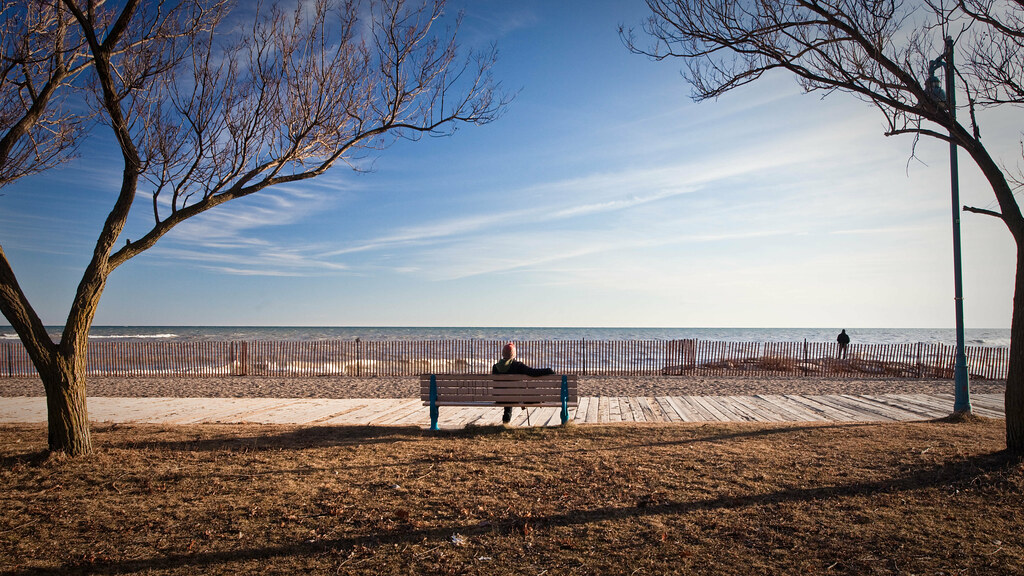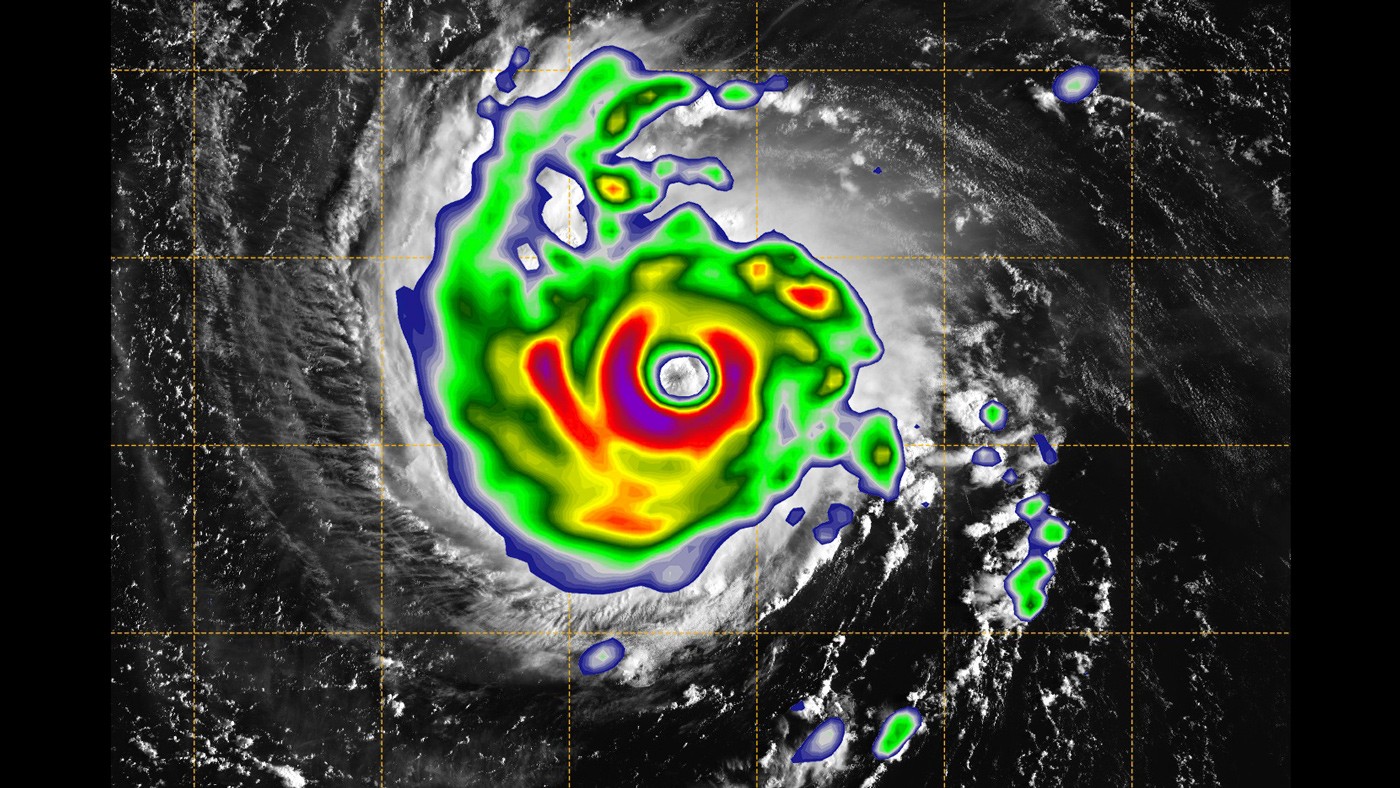Across America, from the snow-starved slopes of Vermont to the unexpectedly warm waves of the Great Lakes, a question echoed, “Where did winter go?” This past season, the United States experienced its warmest winter on record, marking a stark departure from the frostbitten Februaries of lore. But what does this meteorological anomaly signal for the future, and how are Americans adapting to this new norm?

In the traditionally chilly north, cities that are no strangers to sub-zero temperatures didn’t see the mercury dip below zero this winter. The state of Minnesota dubbed the last three months “the lost winter,” a period even warmer than the notorious “year without a winter” in the late 19th century. Michigan saw mosquitoes buzzing in February, a rare sight that led to disaster loans for businesses dependent on snow. The Great Lakes, too, reported record lows in ice cover, with Lakes Erie and Ontario being “essentially ice-free.” Such conditions led to an early onset of spring across a wide swath of the country, with leaves sprouting weeks ahead of their usual schedule.
“Long-term warming combined with El Nino conspired to make winter not show up in the U.S. this year,” remarked Jeff Masters, a meteorologist at Yale Climate Connections. Indeed, the National Oceanic and Atmospheric Administration confirmed that the winter of 2023-2024 was the warmest since record-keeping began nearly 130 years ago. This scenario is not just an isolated occurrence but part of a trend of increasingly warm winters attributed primarily to human-induced climate change.
The implications of this warm winter are multifaceted. On one hand, there’s a tangible impact on seasonal businesses and activities. In Michigan, the lack of snow has financially strained businesses, forcing the state to offer disaster loans. Farther north, in Maine, an annual dog sled race was called off due to insufficient snow. On the environmental front, early blooming of trees and flowers disrupts the ecosystem, affecting the timing of pollinators and birds, which can have cascading effects on food availability and biodiversity.
However, it’s not all doom and gloom. California, for instance, benefited from atmospheric rivers and snowstorms that are likely to rebuild snowpacks and replenish reservoirs that had been critically low. Such weather patterns underscore the complexity of climate change and its uneven impact across different regions.
As we reflect on this unprecedented season, it’s clear that the narrative of winter in America is changing. With winters warming faster in the United States than globally, the traditional four seasons feel condensed into what some might jest as “summer and November.” This shift prompts a reevaluation of how we prepare for and adapt to the changing climate. Whether it’s adjusting our agricultural practices, altering our recreational activities, or reimagining our relationship with the natural world, one thing is certain: the way we experience and interact with the seasons is transforming.
The unusually warm winter in the U.S. is a reminder of how delicate our planet’s balance is right now. It beckons us to engage with our environment thoughtfully and to consider the legacy we wish to leave for the generations that will face the winters—or lack thereof—of tomorrow.
Related posts:
Much of America asks: Where did winter go? Spring starts early as US winter was warmest on record
Much of America asks: Where did winter go? Spring starts early as US winter was warmest on record
Much of America asks: Where did winter go? Spring starts early as US winter was warmest on record





